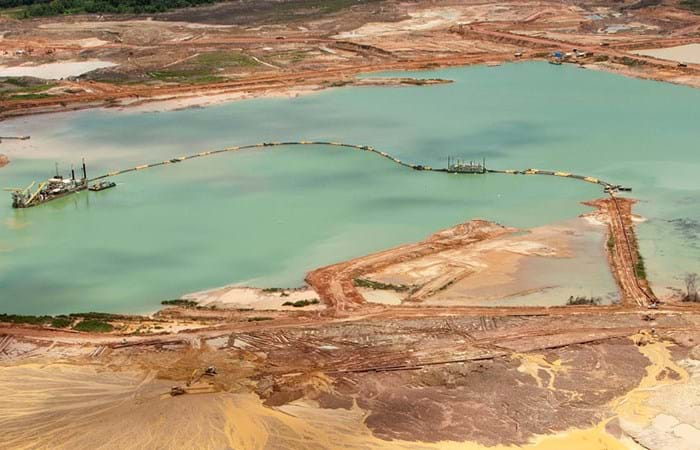Suralco L.L.C., an indirect joint subsidiary of Alcoa Inc. and Alumina Ltd., has awarded Boskalis a contract for the mining of bauxite in Lelydorp, Suriname. Boskalis is responsible for the entire mining process, from engineering and overburden removal to bauxite mining and ore delivery.
Mobilization
One of the most challenging operations of the project involved moving the Boskalis cutter suction dredger Orion from Abu Dhabi to the heart of the Surinam jungle. Overcoming bad weather and numerous engineering challenges, Boskalis managed to complete this job safely.
Wet overburden stripping
The Orion removed the wet overburden – consisting of both soft and stiff clays – prior to the mining operations.
Dry overburden stripping and mining
When the dredging has finished, the remaining overburden will be removed by our dry earth movement fleet, which consists of hydraulic excavators, articulated dump trucks and auxiliary equipment. Our earthmoving expertise means we will execute the entire production process from pit to plant. This includes activities such as fine stripping, ore sampling, drilling & blasting, ore haulage and ROM pad management.
Engineering and surveying
The wet overburden removal is charted using hydrographic single beam measurements; the dry excavation of overburden and mining progress is meticulously monitored by state of the art techniques such as UAV-photogrammetric and laser-scanning surveys.
